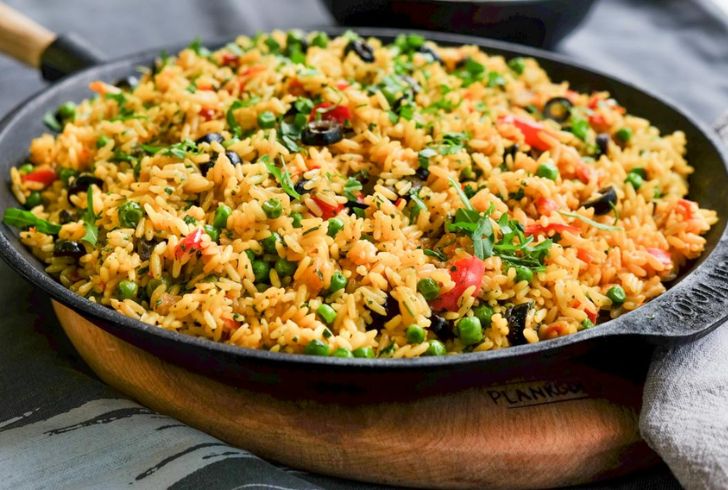In a world where more than half the global population turns to rice as a staple, the question arises: is it as healthy as it is popular? Let’s unravel the secrets of this beloved grain and discover its diverse flavors, health benefits, and how it fits into a balanced diet.

Long, Medium, Short: From fluffy long-grain perfect for stir-fries to chewy medium-grain ideal for side dishes, and the soft, sticky short-grain for rice pudding – there’s a rice for every dish.
Brown, Jasmine, Arborio, and Beyond: Navigate the rice aisle with varieties like brown rice, known for retaining nutrients and fiber, aromatic jasmine rice, creamy arborio rice, and more.
While the popularity of white rice is unmatched, its processing may strip it of some nutrients. However, it still contains essential elements like phosphorus, manganese, thiamin, and niacin. Many brands fortify it with calcium, iron, and folic acid.

The Brown Rice Champion: For a nutrient-packed option that doesn’t play with your blood sugar levels, brown rice takes the crown. Rich in micronutrients, fiber, and with a lower glycemic response, it keeps blood sugar levels stable.
Beyond Brown: Explore black rice, a protein powerhouse promoting healthy digestion, and red rice, a source of disease-fighting antioxidants.
Can rice be your ally in the battle against the bulge? With the ability to expand three times its size, it’s surprisingly filling. However, tread carefully – a single cup of white rice packs over 200 calories. Here’s how to make rice work for you:
Mindful Portions: Keep servings in check, aiming to fill only about one-fourth of your plate with rice.
Variety is Key: Switch between brown and white rice to diversify your nutrient intake.
Veggies and Protein Partners: Accompany your rice with plenty of vegetables and a healthy protein source for a well-rounded meal.

“Rice is a rich source of carbohydrates – the body’s main fuel source,” says Kristen Smith, a spokesperson for the Academy of Nutrition and Dietetics. The versatility of rice makes it a perfect canvas for culinary creativity, fitting into global cuisines and delighting taste buds.
In the end, it’s not just about what rice offers on its own but how it complements a balanced diet. Uma Naidoo, MD, suggests, “choosing a rice that is richest in micronutrients, fiber, and one that least impacts blood sugar levels.” With a myriad of rice options available, each with its own unique characteristics, there’s a perfect grain for every plate.
So, the next time you scoop up a forkful of rice, savor not just the taste but the rich history, variety, and health benefits it brings to your table. From the fields to your plate, rice is not just a food; it’s a global celebration of flavor, nutrition, and culture.

